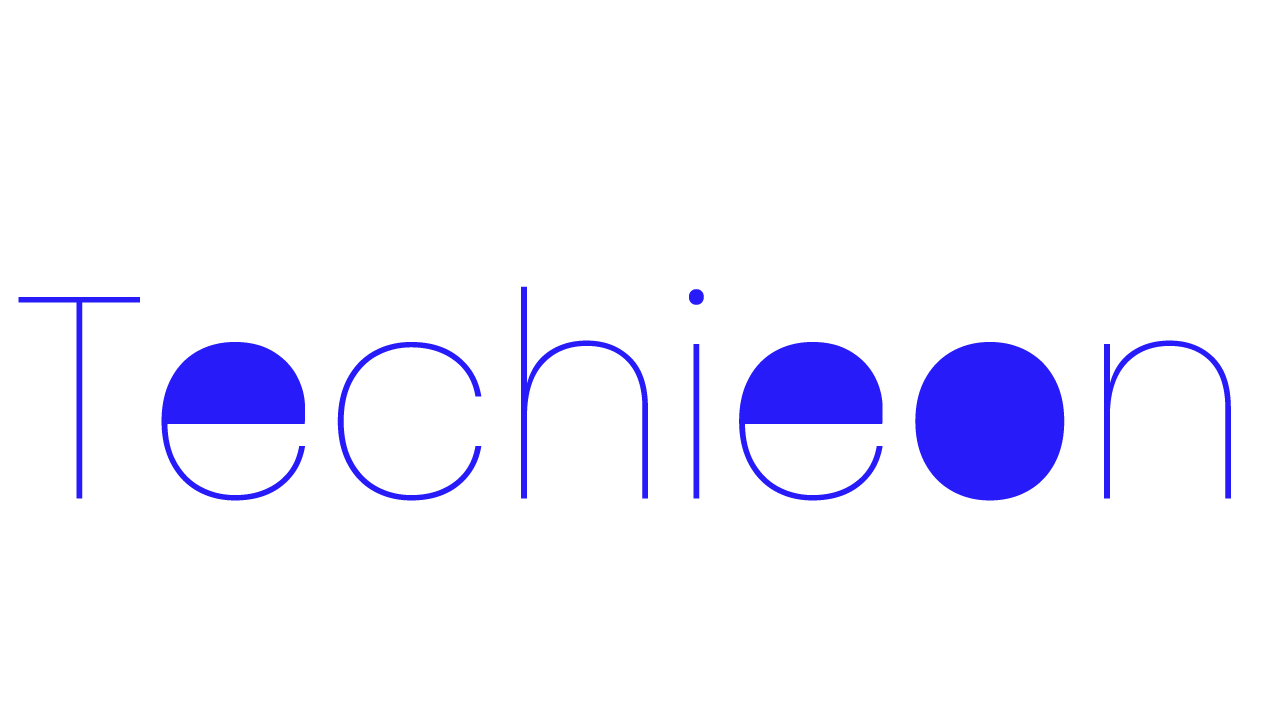
In the ever-evolving world of digital marketing, staying ahead of SEO trends is not just a necessity but a strategic imperative. This blog post delves into the concept of Dynamic SEO, an approach that emphasizes flexibility, real-time adjustments, and ongoing optimization to match the rapidly changing search engine algorithms and user behaviors. Through a comprehensive case study, we will explore how this adaptive strategy can yield significant improvements in search rankings and web traffic.
Introduction to Dynamic SEO
Dynamic SEO refers to the practice of continuously updating and adjusting SEO strategies based on real-time data and trends. Unlike traditional SEO, which often involves a set-it-and-forget-it approach, Dynamic SEO requires constant monitoring and swift reactions to changes in search algorithms, competitive landscapes, and user search intent.
Case Study: TechGadgets – An E-commerce Store
Background
TechGadgets, a mid-sized e-commerce store specializing in consumer electronics, faced a plateau in organic traffic growth and a decline in search engine rankings over several months. The primary challenge was the highly competitive nature of electronics keywords and the frequent updates to Google’s search algorithms.
Objectives
The primary goals were to:
- Increase organic traffic by 30% within six months.
- Improve search engine rankings for 50 key product categories.
- Enhance user engagement metrics, such as time on site and pages per session.
Strategy Implementation
1. Real-Time Keyword Optimization
TechGadgets began by integrating tools like Google Trends and Ahrefs to identify trending keywords in real-time. The SEO team updated content regularly to include these keywords, ensuring their website remained relevant and competitive.
2. Automation Tools
The company employed SEO automation tools to monitor changes in page rankings and to implement changes on the fly. This included automatic adjustments to meta tags, descriptions, and even content modifications based on what was performing well.
3. User Behavior Analysis
Utilizing advanced analytics, TechGadgets tracked user interactions on their website to understand better what content led to longer engagement and higher conversion rates. Adjustments were made dynamically based on this data.
4. Mobile Optimization
With the increasing prevalence of mobile searches, TechGadgets optimized all their content for mobile users, ensuring fast loading times, easy navigation, and mobile-friendly layouts.
Results
Traffic and Engagement
Within six months, TechGadgets saw a 40% increase in organic traffic, surpassing their initial goal of 30%. User engagement metrics also improved significantly, with an average increase in session duration by 20% and a reduction in bounce rates by 15%.
Ranking Improvements
TechGadgets achieved higher rankings for 45 out of the 50 targeted product categories. In some cases, product pages moved from page three to the top of page one on Google.
Lessons Learned
- Adaptability Is Key: The ability to quickly adapt to algorithm changes and market trends was crucial.
- Data-Driven Decisions: Leveraging real-time data to make informed decisions significantly enhanced the effectiveness of their SEO strategy.
- Integration of Tools: Utilizing a variety of tools for automation and analytics provided a competitive edge.
Conclusion
The case study of TechGadgets illustrates the power of Dynamic SEO. By adopting an adaptive approach to SEO, companies can not only keep up with but also anticipate changes in search engine algorithms and user search behavior. For businesses looking to enhance their digital marketing efforts, Dynamic SEO offers a proactive pathway to improved visibility and engagement in the digital space. This strategy highlights the importance of being agile in a digital ecosystem where change is the only constant.
To enhance the understanding of how Dynamic SEO can be effectively implemented, here are some practical examples that illustrate different aspects of this approach:
1. Real-Time Keyword Optimization
Example: An online news portal specializing in technology news uses Google Trends and BuzzSumo to identify trending topics and keywords in the tech industry. The portal quickly creates and publishes content on these trending topics, often within hours of a trend emerging. This strategy ensures their articles rank high on search engine results pages (SERPs) as the demand for information on these topics spikes.
2. Automation Tools for SEO Adjustments
Example: A fashion e-commerce site uses an SEO tool like Moz Pro that automatically suggests optimizations based on competitor analysis and algorithm updates. For instance, when a competitor’s page starts ranking higher for a key term, the tool suggests updates to their own pages, such as enhancing content quality or adding new backlinks, helping them maintain competitive rankings.
3. Adapting to Algorithm Changes
Example: After an update to Google’s algorithm that prioritized page loading speed, an online bookstore employed a dynamic SEO strategy by using automated scripts to test page speeds across their site daily. They integrated these insights with an automated workflow that prioritized updates to pages that fell below the speed threshold, thus ensuring compliance with the new algorithm preferences.
4. User Behavior Analysis for Content Adjustment
Example: A travel blog uses Google Analytics to monitor which types of content yield the highest engagement and conversion rates. The site dynamically adjusts its content strategy based on these analytics, focusing more on video content and travel guides as they noticed these formats have three times the engagement rate compared to standard blog posts.
5. A/B Testing for On-Page SEO
Example: A SaaS (Software as a Service) company uses A/B testing to determine the most effective SEO tactics for their product pages. They test multiple versions of page titles, meta descriptions, and header tags to see which combinations yield better SERP rankings and click-through rates. The results are used to dynamically update their SEO practices across all product pages.
6. Seasonal Adjustments
Example: A sports merchandise retailer uses seasonal SEO strategies by aligning their content and keywords with upcoming sports events like the Super Bowl or the FIFA World Cup. They prepare optimized content ahead of these events and adjust their keyword strategies based on real-time search trends during the events, maximizing traffic and sales opportunities.
These examples show how diverse businesses can apply dynamic SEO strategies to stay ahead in their respective fields by being adaptable, data-driven, and proactive in their SEO practices. This approach not only improves search rankings but also aligns closely with user interests and behaviors, leading to better engagement and conversion rates.







